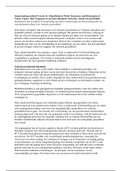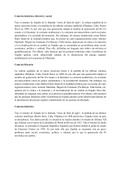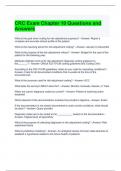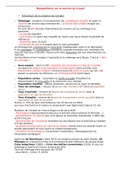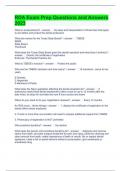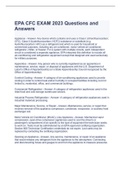What is a
balanced diet?
A well-balanced
diet means
eating food
from various
food groups to
get the
nutrients and
energy that
your body
requires, these
nutrients include of carbohydrates, fats,protein etc. Balanced diets are similar to healthy diets in that
they both ensure that the body receives enough nutrients to work effectively. It is critical that
individuals consume a good suitable balanced diet, which consists of drinking water continuously and
making sure that you eat the correct food types and preventing unhealthy food choices that can lead to
negative effects on the body such as signs of slowing down or development and growth issues. For
example, an individual could become obese when consuming too several fat foods, whilst another
person may become too skinny when eating the same healthy foods. Balanced diets also assist in the
preservation of teeth and bones by consuming vitamins through nutritious foods.
Eat well plate
The eat well plate, the UK's national food guide defines the government's guidance on a healthy
balanced diet. The eat well plate represents how various foods contribute to a healthy, well-balanced
diet. The eat well plate food categories include of;
Fuits and vegetables (carrots, apples)
Starchy carbohydrates (potatoes, bread, rice, pasta)
Fats (spreads and oils)
Dairy products (milk,eggs, cheese)
Proteins (beans, pulses, fish, eggs, meat)
Fruit and vegetables are the most vital parts of the Eat well plate. Everyone should try to eat these foods
at least once a day. These foods are essential for a person's diet because they provide various nutrients
to the body, such as fibre, potassium, and vitamins A and C.
What is malnutrition?
, Malnutrition is a serious condition that occurs when your diet lacks the necessary nutrients. It means
"poor nutrition" and can refer to undernutrition (a lack of nutrients). Overnutrition is defined as
receiving more nutrients than is required.
Undernutrition:
is defined as an insufficient intake of energy and nutrients to meet a person's needs for good health t.
Undernutrition makes children much more vulnerable to disease and death. This has side effects such as
recurring illnesses, delayed physical and emotional development, low weight for age and poor appetite
etc.
Overnatriuition:
is a type of malnutrition (imbalanced nutrition) increased levels of nutrients, resulting in an amount of
body fat that impairs health. Overnutrition can develop into obesity, which increases the risk of serious
health conditions, including cardiovascular disease, hypertension, cancer, and type-2 diabetes.
What are the problems with processed foods?
Processed foods frequently contain unhealthy levels of added sugar, sodium, and fat. These ingredients
improve the taste of the food we eat, but too much of them causes serious health problems such as
obesity, heart disease, high blood pressure, and diabetes and also lacks in Nutrional value.
How do we measure if someone is obese?
The most widely used method of measuring and identifying obesity is Body Mass Index (BMI). BMI is
calculated by dividing a person's weight in kilograms by their height in meters squared. BMI is a simple
way to determine weight categories like underweight, normal weight, overweight, and obesity.

